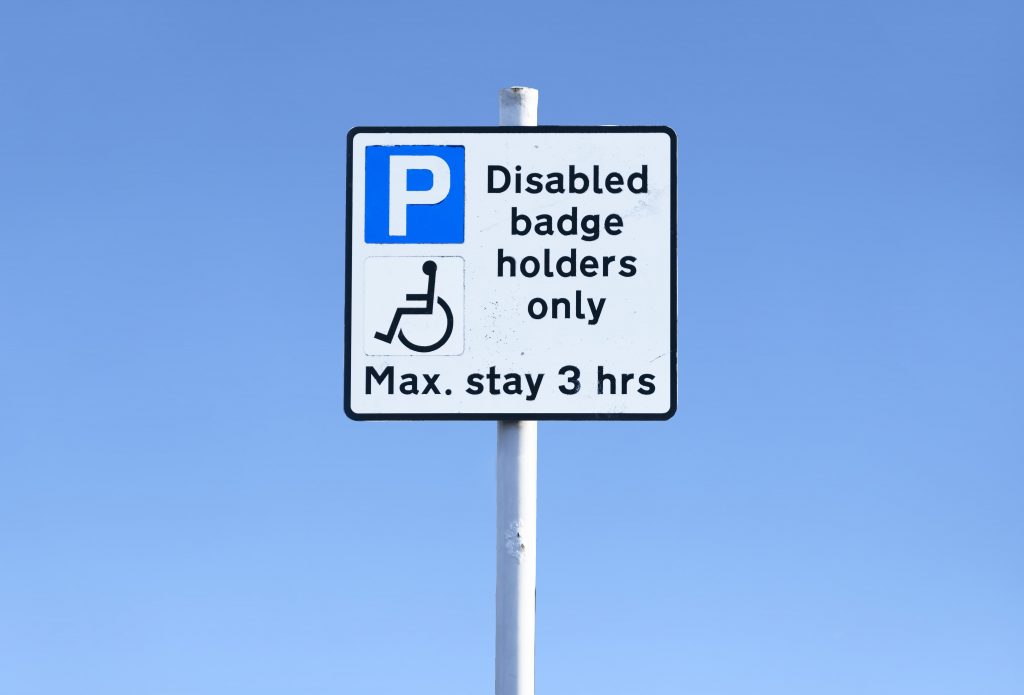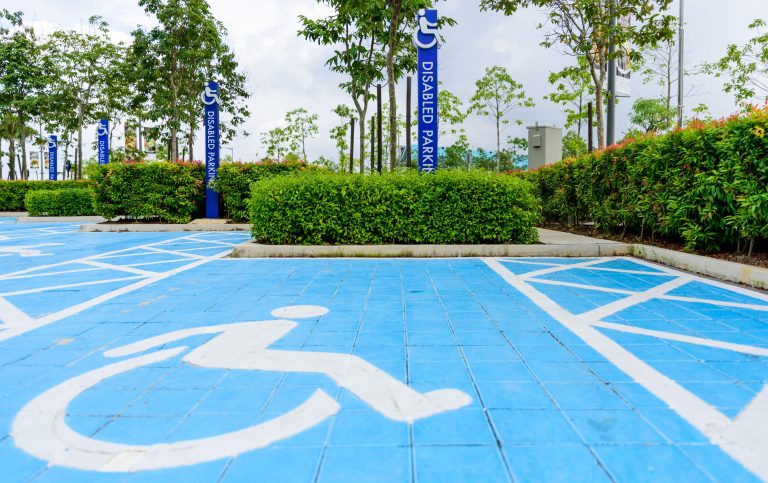Blue Badge Scheme: Everything you need to know
For those who are living with mobility restrictions, a simple trip to the shops can prove a challenge. Trying to find a parking space can be tricky at the best of times, but when looking for a spot close to the shop entrance, it can be almost impossible, especially at the weekend, around Christmas, or at other busy times.
The Blue Badge scheme was introduced in the early 1970s to support those with mobility problems and has since been updated on several occasions to meet changing demands. In the summer of 2019, it was reported that more than 2.35 million people across the UK with physical disabilities have a Blue Badge, although that number is now likely to have increased since the scheme was expanded to include those with hidden disabilities too.
What is the Blue Badge scheme?
The Blue Badge scheme enables people with certain physical and hidden disabilities to park in more convenient places to make shops and other amenities more accessible.
The scheme operates throughout the UK although there are some differences in how it works depending on the Local Authority, for example in some London Boroughs. In Northern Ireland, the Blue Badge scheme applies to on-street parking, but you can also apply for a White Badge which allows access to pedestrian zones.
Who is eligible for the Blue Badge scheme?
You don’t need to actually drive a car to be eligible for a Blue Badge, unless you have a condition which only affects arm mobility.
Those with certain conditions are automatically eligible for a Blue Badge, including:
- Those registered as blind
- Those who receive the higher rate of the mobility component of the Disability Living Allowance (DLA)
- Those who receive War Pensioners’ Mobility Supplement
- Those who have received a lump payment within the Armed Forces Compensation scheme and have been certified as having a permanent and substantial disability
- Those who receive Personal Independence Payments (PIP) – although certain criteria apply

In 2019, the scheme was updated to enable those with certain hidden disabilities, such as anxiety, dementia and autism, to be eligible for a Blue Badge.
Those not automatically eligible can still apply under certain circumstances, such as:
- If you have long-term problems going to places. This isn’t restricted to physical mobility issues, but also those around anxiety and mental health.
- If you suffer from severe mobility issues in both arms.
- If you are applying on behalf of a child aged over two who has problems either with walking or going to places.
- If you are applying on behalf of a child under three who needs to be in close proximity to a vehicle due to health issues.
How to apply for the Blue Badge scheme
The Blue Badge scheme is administered by Local Authorities. You can apply online, but some Local Authorities will accept postal applications too. If you are not automatically eligible for the scheme, you can still apply but will be required to fill in an additional part of the form.
Local authorities are allowed to charge up to a maximum of £10 for a Blue Badge in England and Northern Ireland, while the fee in Scotland is £20. It is free in Wales.
If your application is rejected, you are able to formally appeal the decision.
Do you ever need to renew a Blue Badge?
Those who are provided with a Blue Badge will need to reapply every three years, or if you stop getting a Benefit that your badge is linked to. It is also important to note that you are required to send your Blue Badge back should your condition improve to the extent that you no longer require it. Failure to do so could result in a fine of up to £1,000.
How long does it take to get a Blue Badge?
Please be aware it could take around six-to-eight weeks to receive a response on your application from your Local Authority. Sometimes, you may be required to undertake a mobility assessment, or to send further information to support your application.
If you have not heard back after six weeks, it is advised to contact your Local Authority to check how your application is progressing.

What does it mean once you have a Blue Badge?
A Blue Badge will enable you or your driver to park closer to useful places you may need to visit, such as shops and other amenities. This means additional access to on-street parking, including designated disabled bays and on single yellow lines for up to three hours. Parking in other areas, such as hospital or supermarket car parks, are covered by different rules.
The Blue Badge also makes holders exempt from the London Congestion Charge (after a £10 administration fee) and the Ultra Low Emission Zone (ULEZ). You may also be exempt from road tax under certain conditions.
Those travelling with a Blue Badge must ensure it is displayed. Please be mindful it is a criminal offence to misuse your Blue Badge, or to allow someone else to use it for their own benefit.


